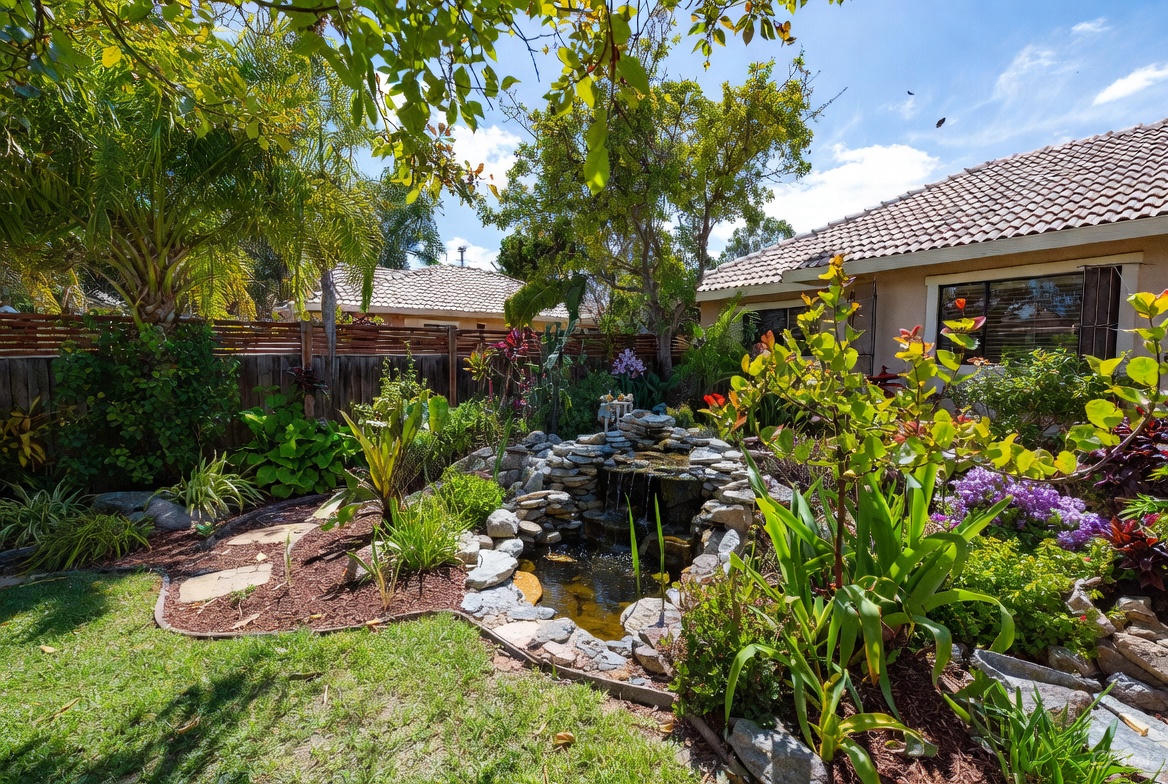
Dappled Willow or Salix integra ‘Hakuro-nishiki’ is a spectacularly colored cultivar and can be found in the iScape database as a deciduous shrub that is a standout in the landscape for its vibrant color changing leaves that almost make the shrub appear pink from a distance. One of the best features of this shrub beyond color is the sound of the leaves as a breeze ruffles them. Considered a low-maintenance shrub, Dappled Willow is primarily grown in USDA garden zones 5 through 7, but can be stretched down to 4 or up to 9 with appropriate protection and watering attention.

Plant Profile
Also known as: Willow, Salix integra Albo-maculata, Japanese willow, Variegated willow, Flamingo Willow, Shrimp Willow, Salix integra ‘Nishiki Flaminto’, Salix ‘Fuiri-koriyanagi’
Plant Description: The Dappled Willow is a tri-color shrub that is sometimes large enough to resemble a tree, and it is adored for its spectacular variegated foliage which emerges pink and evolves into pink, white, and green. Leaves can grow up to four inches long and are lance-shaped. In fall, leaves turn yellow and drop, then the stems turn a magnificent red which lends itself to winter interest.

Sun/Shade: Full sun to part shade
Cultivation: Easily grown in organically fertile soils that are well-drained, yet consistently moist. While it will tolerate some drier soils as compared to other willows, it still requires regular moisture. Prefers cooler summers and will display strong foliage color in cooler years. Pruning not required and minimal pruning is preferred for a shrub to look more naturalized and color-beautiful. Space approximately 5 feet apart when planting if you would like them as a hedge or fence line shrub. Deer, erosion, wet soil, and black walnut tolerant.
Height: 4 to 10 feet (1.21 to 3.04 meters)
Width: 5 to 7 feet (1.52 to 2.13 meters)
Bloom: Yellow
Bloom Time: Spring
Origin: Northeastern Asia
Zones: Zone 5, zone 6, zone 7
Wildlife: Bees, birds for nesting
Landscape Uses: Mixed borders, wet soil, erosion control, black walnut sites, specimen or feature shrub, small grouping landscapes, pond or stream edges, hedge and screen, cottage gardens, mixed shrub borders, rain gardens
Special Features: Recipient of the Award of Garden Merit from the Royal Horticultural Society. Absolutely thrives in wet soil, making this an excellent anchor shrub candidate for rain gardens and difficult wet spots.
Download iScape now and learn about all types of shrubs that can add impact to an incredible landscape design. iScape it!




.jpg)

